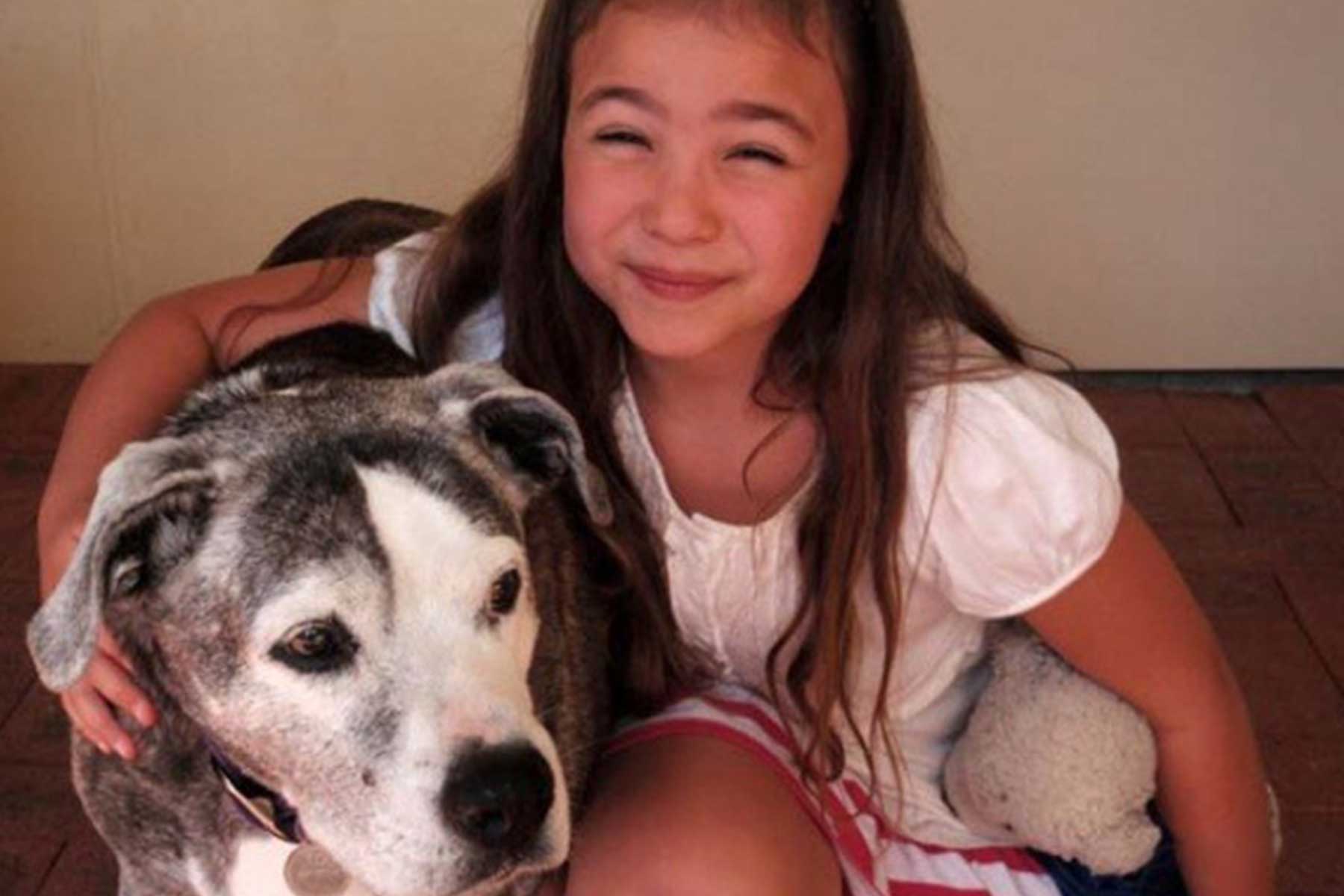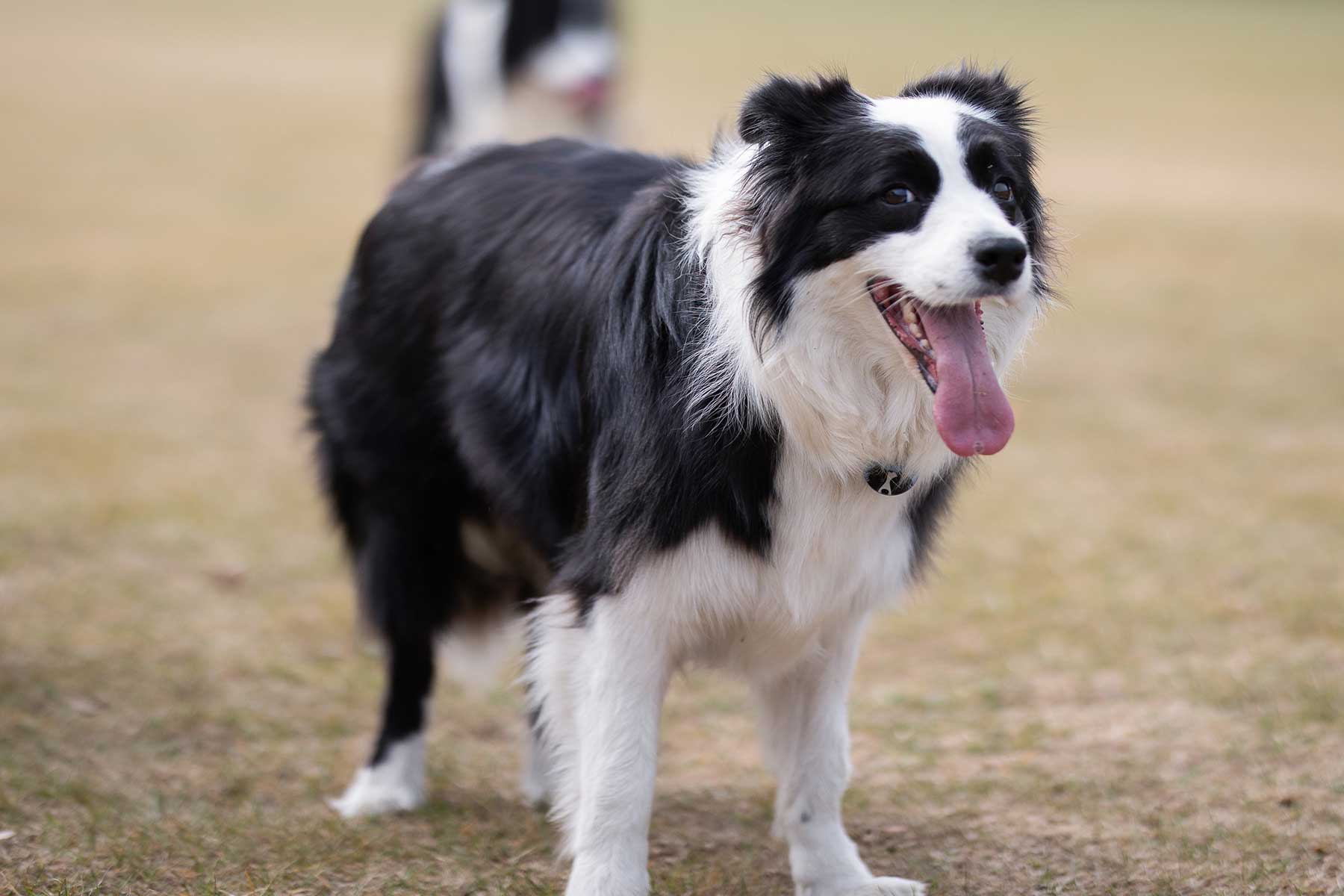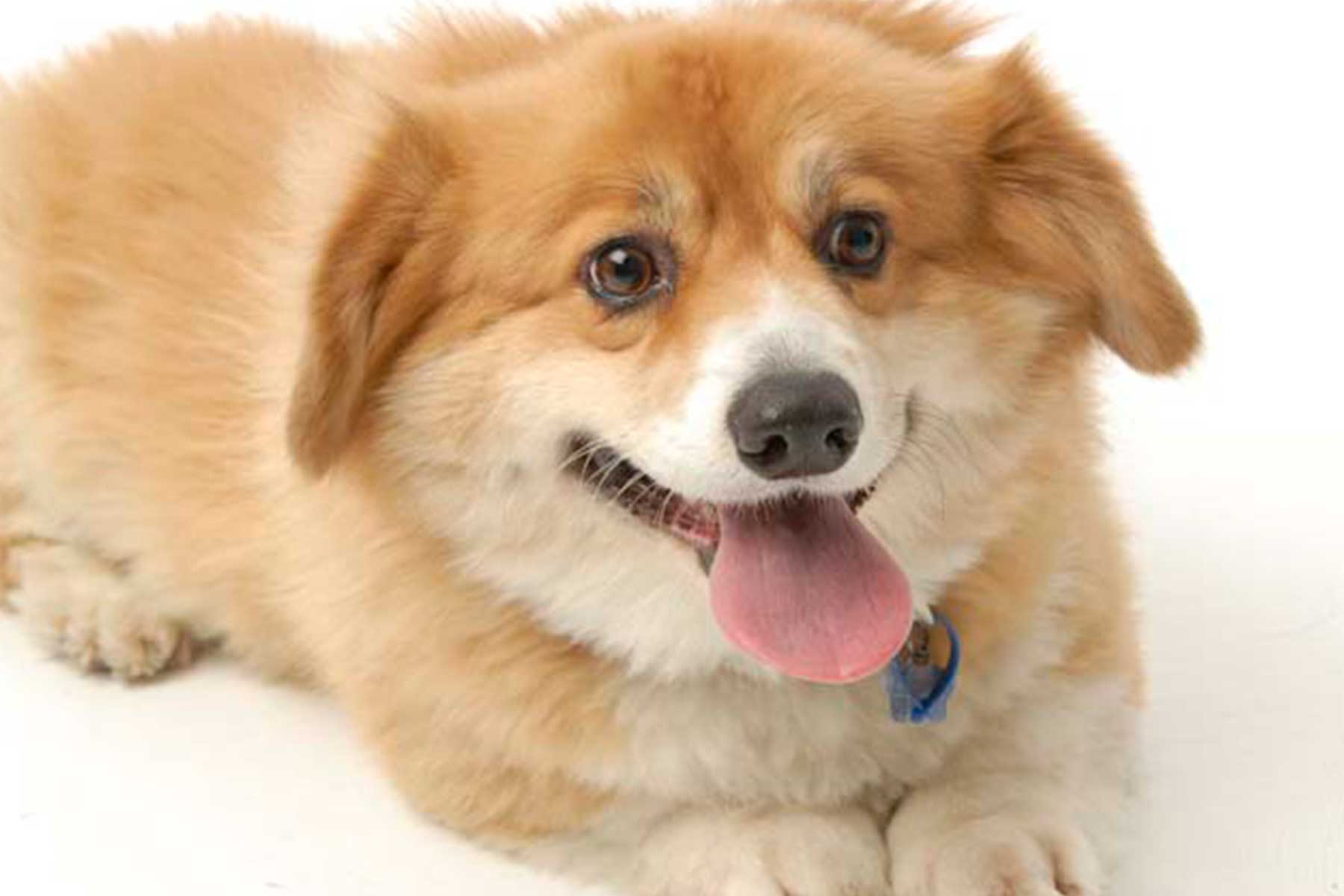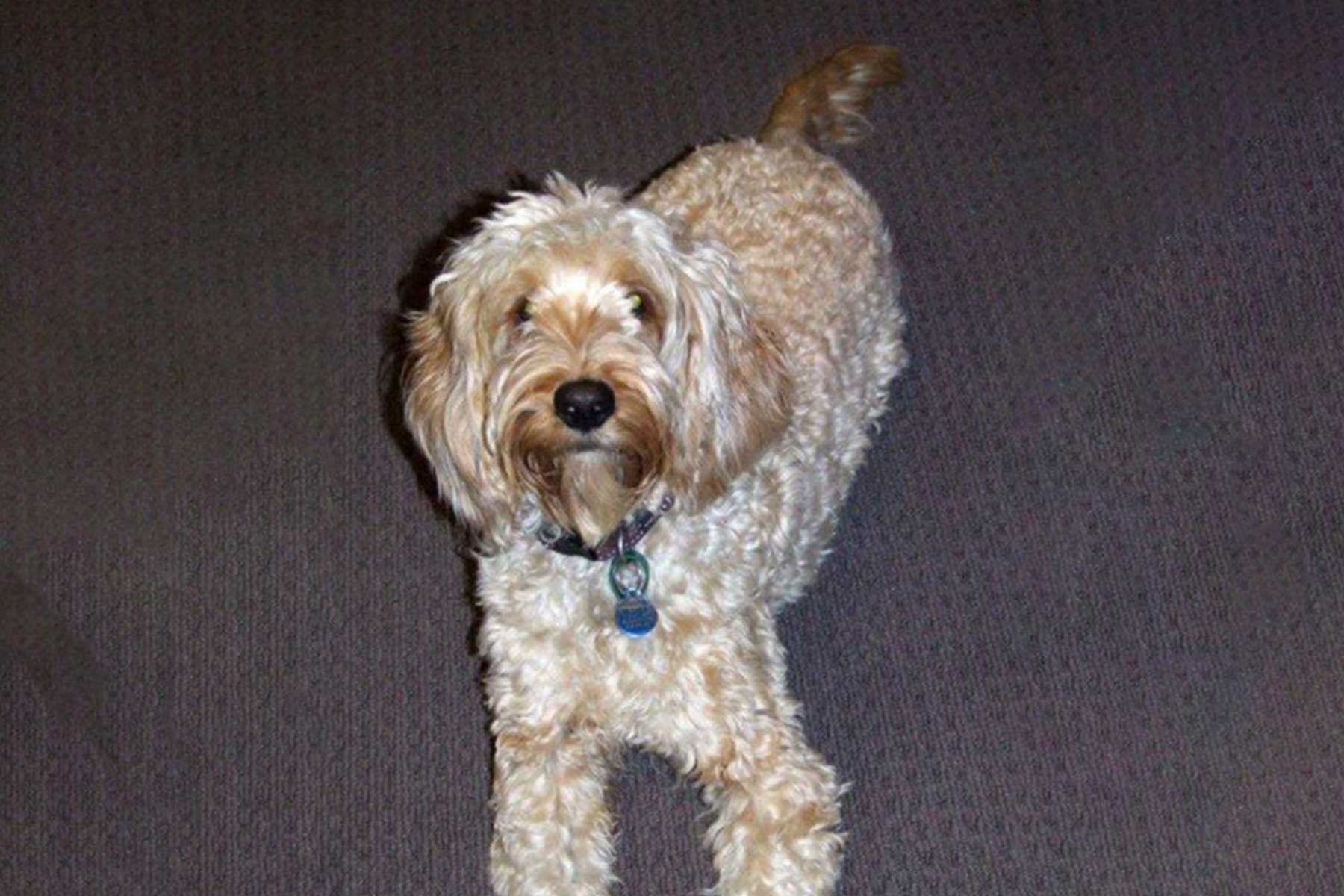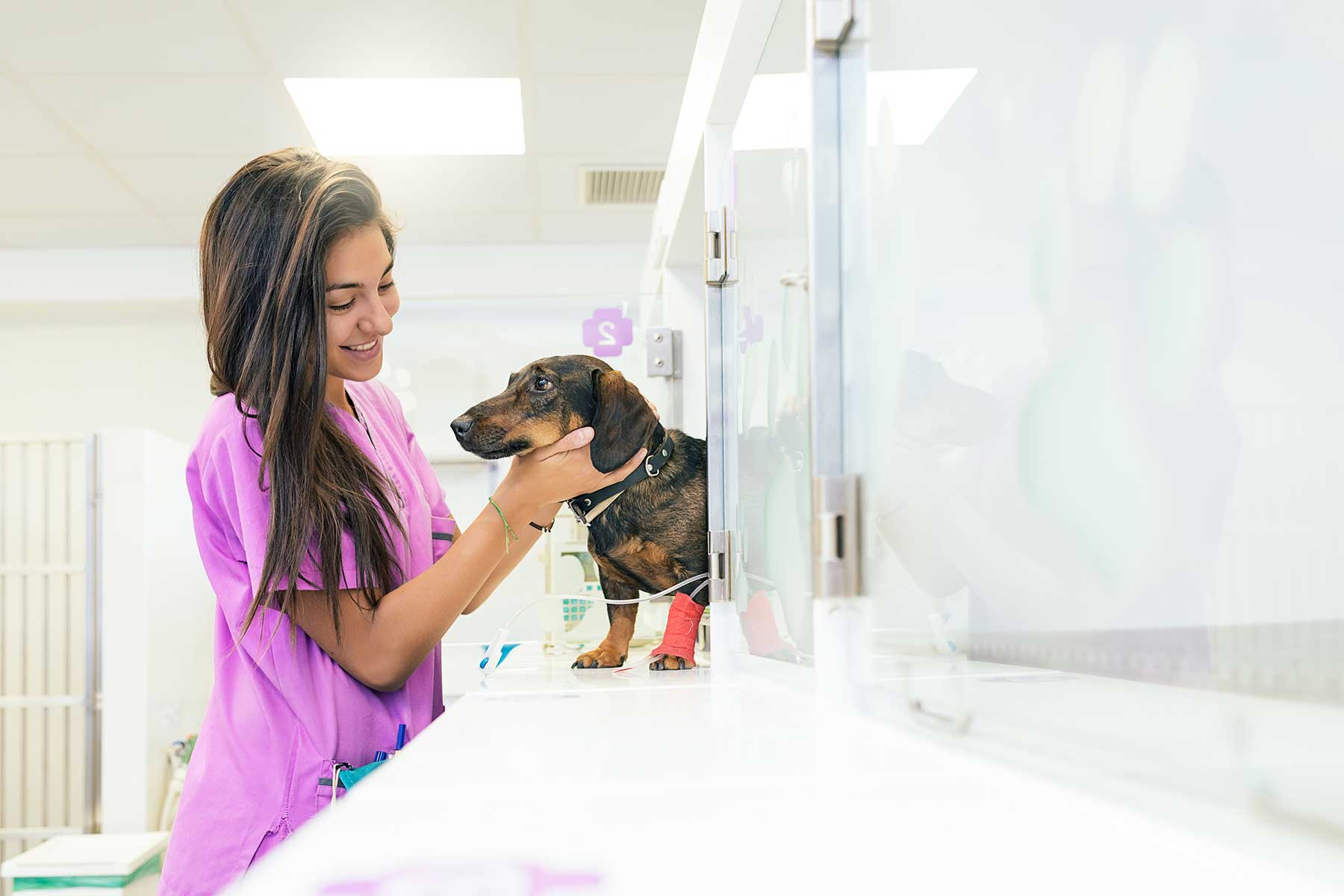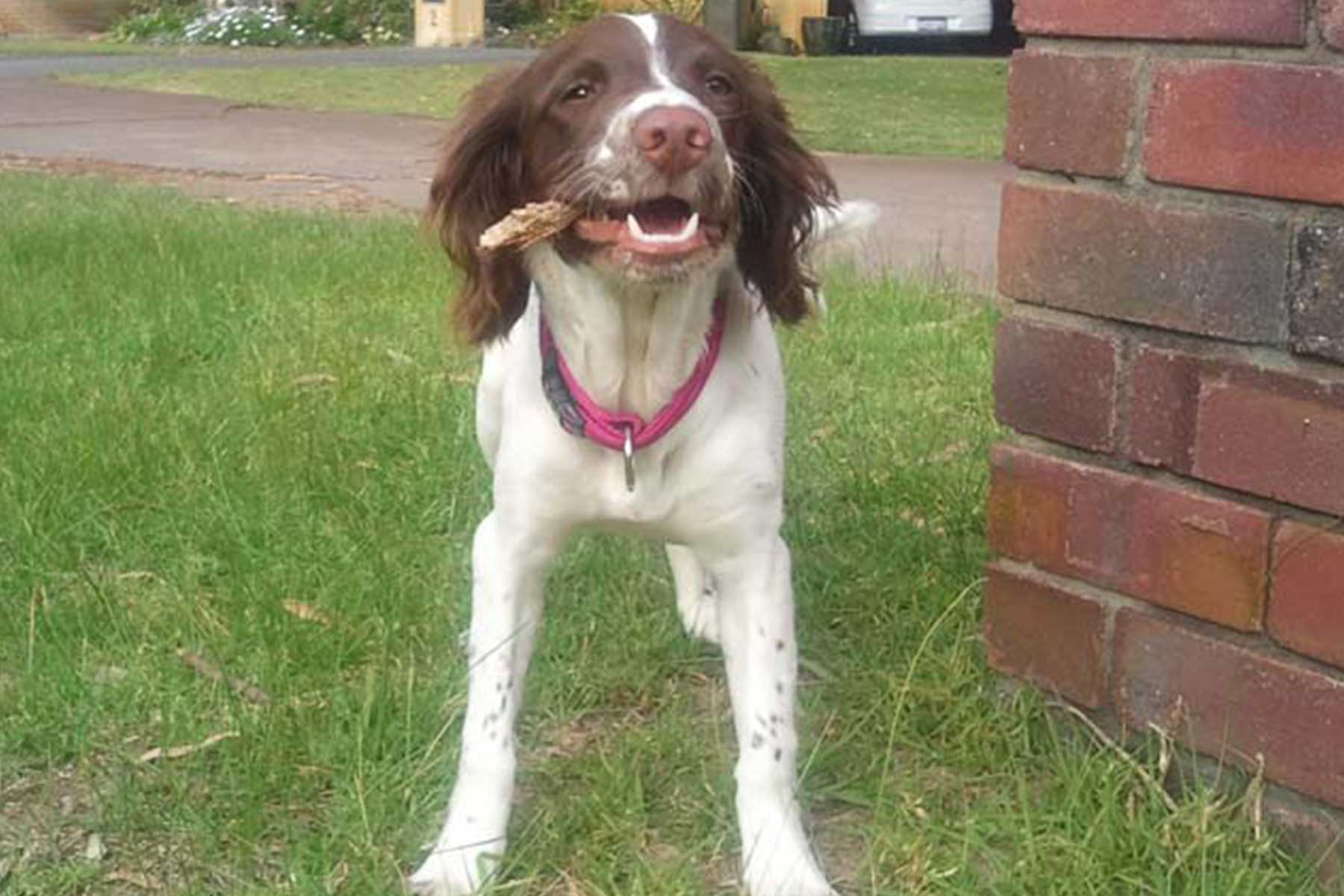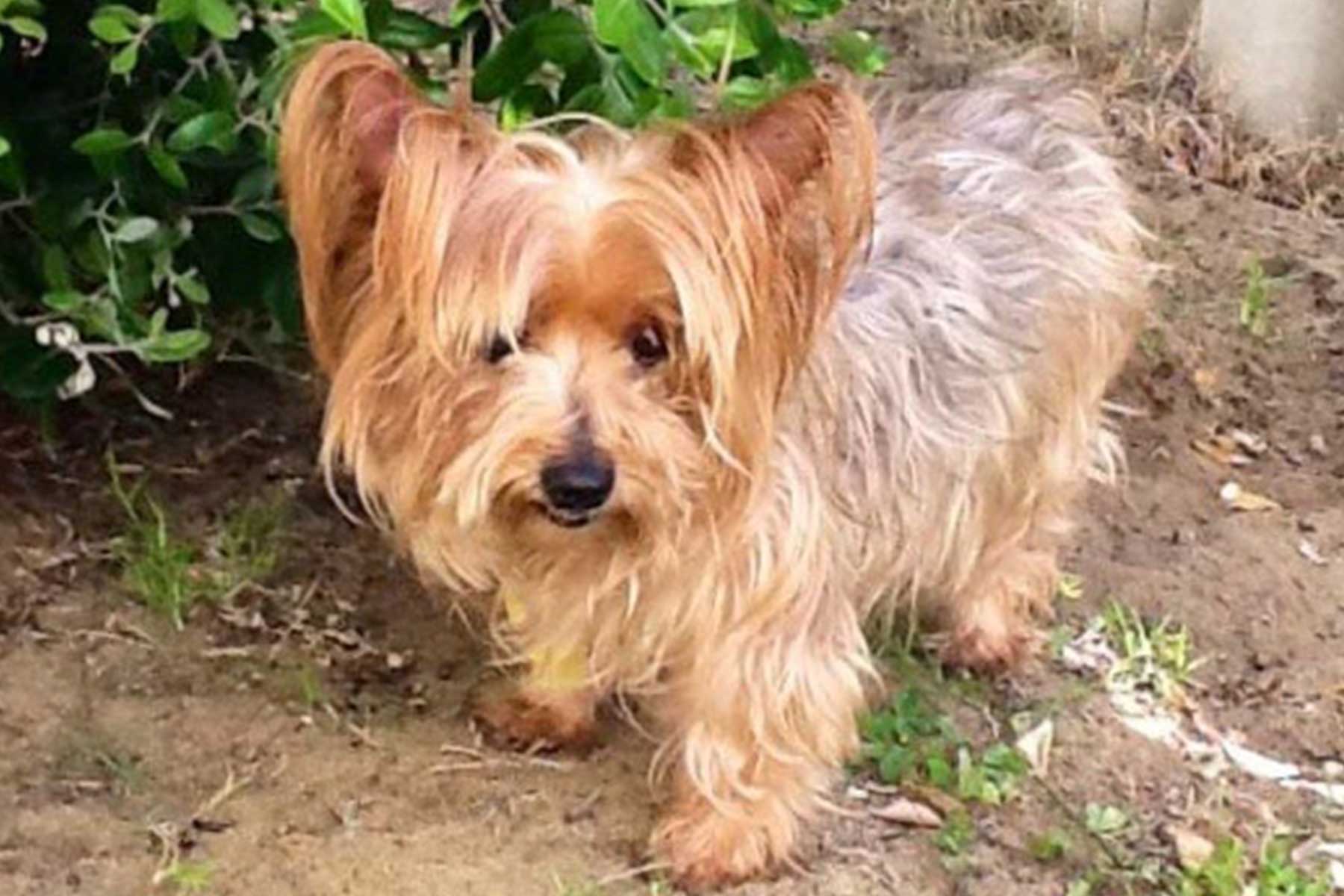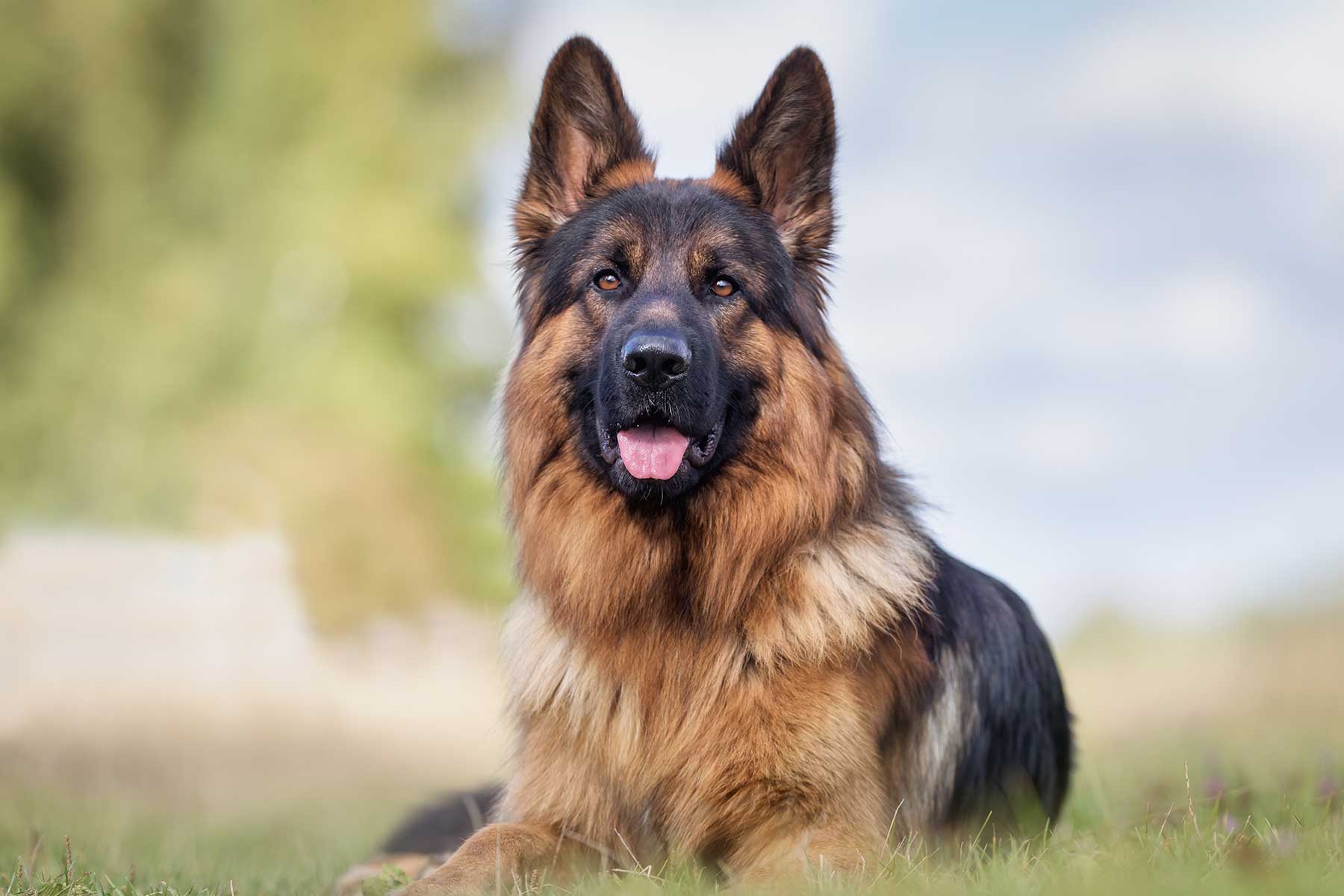Veterinarian Kate Buffin travelled to Myanmar recently to volunteer in a six day spey and neuter program for cats and dogs at a local shelter.
The gruelling conditions and hundreds of animals requiring treatment did not deter them.
Here is Kate’s story:
I am a locum veterinarian who is currently based at the Ballajura Vetwest branch. I recently travelled to Myanmar to participate in a 6 day spey and neuter program. This program was being held and run through a local shelter, a short drive out of Mandalay, one of the major cities and formal capital city, of Myanmar.
The goal of this particular program was to desex all of the dogs and cats living in the shelter. The shelter was owned and operated by a wealthy local Myanmar lady who wanted to contribute to the welfare of the abundant number of dogs living on the streets in Myanmar. Unfortunately, stray dog and cat problems are not unique to Myanmar, but in fact a global phenomenon which poses significant health risks to people. Dog attacks and cat bite/scratch injuries from these street roaming animals are one of the greatest risks posed to people. In many developing countries, a bite from a cat or dog has the potential to cause rabies. Rabies is a huge global concern with more than 2million people being bitten by dogs each year and more than 55,000 succumbing to the disease. In addition to rabies, cats and dogs also carry a myriad of bacterial, viral and parasitic diseases that have zoonotic potential, meaning they can be transferred from animals to humans.
Having shelters established in these third world and developing countries, is very important as it not only allows these animals a place to take refuge, recover from any diseases or injuries, get adequate access to regular nutrition and water and overall improve their quality of life but it also means removing them from the streets and reducing the risk and exposure of potential to disease to both other animals as well as the public.
Unfortunately, many people in Myanmar do not share this passion towards animal welfare. In a country where the average salary is $300/month combined with a government that can’t afford to look after it’s people (there is no such thing as Centrelink or Medicare), animal welfare is not considered a priority. The owner of this shelter managed to strike a deal with a local government official who was prepared to provide some resources to the shelter but he wanted to ensure her commitment to this project was validated and requested that all the animals living at the shelter got desexed.
We worked in two teams. I arrived to participate in the second week. 280 animals had already been desexed in the first week. In a team of 6 vets and 12 vet nurses, we worked tirelessly over 6 days to complete the remaining animals.
The conditions were grueling. The shelter was outside where we worked in 40C+ temperatures, conditions were dry and dusty and there were flies constantly sticking to our face, hair, arms and legs. However, this work also came with many emotional and mental challenges.
There were more than 550 animals living in the shelter. There was no access to vaccinations or parasite control and no understanding of the importance of hygiene practices which meant that parvovirus and distemper were rampant – two diseases that are easily preventable in Australia because of high vaccination rates – as well as parasitic disease. Almost every dog had mange (a parasite that lives on the skin and causes intense itchy and hair loss) as well as intestinal parasites which causes them to have poor gut health, diarrhea, sometimes dehydration and can severely compromise immune function.
Some of the dogs had come to the shelter because of horrific injuries meaning they couldn’t successfully live on the streets. These injuries included missing limbs, or broken limbs that required amputation, missing ears, missing and badly damaged eyes that required removal, wounds and bad scars.
Due to the customs laws in Myanmar, we were limited in what anaesthetic drugs and other medicines we could bring into the country. Our anaesthetic protocol was nothing I have used before. In Australia, vets will use gaseous anaesthetic which is very safe and allows for good control. Unfortunately, this type of anaesthetic is also very expensive and not available in Myanmar. We had to use injectable anaesthesia instead, which is a lot more unpredictable and once injected only lasts about 30 minutes before wearing off, (in some animals it was less than this), which meant we had to work very quickly to perform the surgeries.
Other luxuries which we take for granted in Australia such as anaesthetic monitoring equipment, high grade pain relief and antibiotics, as well as bandaging materials, were also not readily available in Myanmar and although frustrating, we often found inventive ways around this. However one of the greatest limitations was the inability to perform euthanasia. Although euthanasia is not something veterinarians enjoy performing, it is a necessity and plays an important role in alleviating suffering in some animals. Myanmar is predominantly a buddhist country where euthanasia, although not illegal, it is highly discouraged. If we were seen performing “too many” the shelter would have likely been shut down.
Overall, despite the difficult nature of the work and the many restrictions, we performed successfully and by the end of the second week, we had sterilised a total of 567 animals. Each animal that was desexed also received a complete intestinal and external parasite treatment and by the end of the week we noticed an appreciable reduction in the number of animals itching. It was hugely rewarding to see what a difference we were making to the improvement of animal welfare, even in such a short period of time, I can only imagine how much better these animals’ quality of life will continue to be without the additional stresses of mating, pregnancy, giving birth and feeding puppies. Although some animals were very sick and either passed away or were discretely euthanased, the rates at which this was performed was low (less than 10 animals total) and our post operative complication was around 2% which is also very low given the conditions.
Although I have participated in many spey and neuter programs previously, this was by far the most challenging. But despite this, I found myself learning a lot and excelling surgically. I came to learn how resilient these animals are and even with all the health issues they faced, they some how pulled through high risk anaesthetics with minimal complications and were back to normal activity within hours of their surgeries. I also came to realise how resilient I am when working in extreme conditions. This experience made me appreciate how lucky we are in Australia to have such comprehensive veterinary services readily available. I am proud to be a vet and to have the opportunity to travel to these countries, which are far less fortunate than Australia, using my unique skill set to educate and promote better animal welfare.

